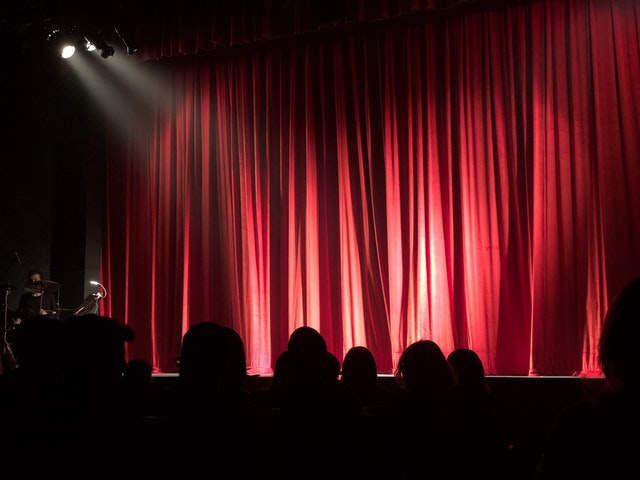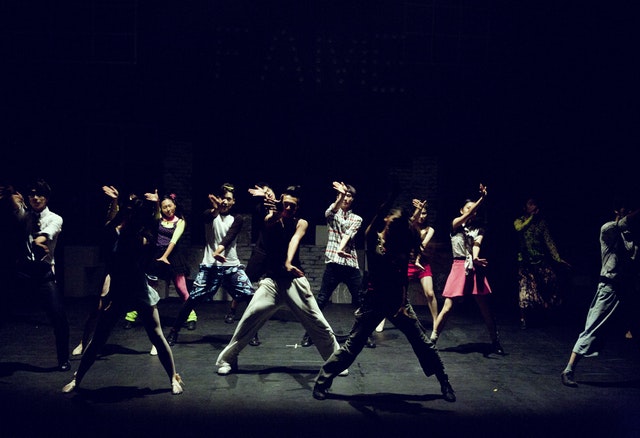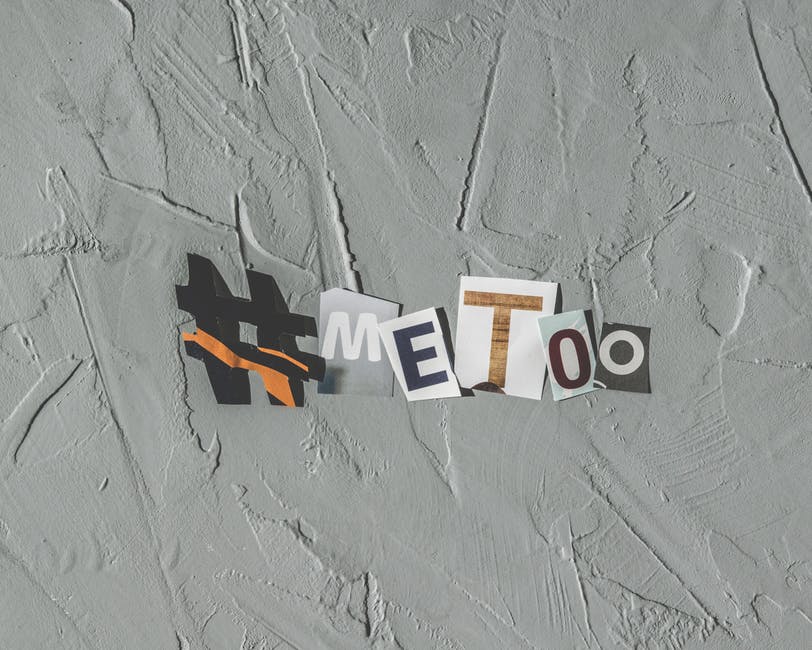By Jennifer Betit Yen, President of Asian American Film Lab
Inclusion and diversity have been trending in Hollywood, yet we are — or should I say we remain? — in an inclusion crisis.
Statistics about racial inclusion in film have remained stagnant since 2007, meaning that despite more light being shed on the issue through headlines, social media, and discussion, little real or consistent progress has been made over the past decade. Black Panther aside, we are still seeing a larger story that it is not an easy time to be an American actor or filmmaker of color. Frankly, there’s never really been a good time.
To put this in perspective, The Hollywood Diversity 2018 report states that only 1.4 out of every 10 leading actors are people of color. And USC Annenberg’s 2017 report on diversity the top 900 films shows the sad difference between diversity in the real world compared to the current state of representation in Hollywood:
- 29.2% of all characters were from minority racial/ethnic groups, compared to 38.7% of the actual U.S. population coming from minority racial/ethnic groups.
- Despite the low number of minority characters in the top 900 films, 49% of the movie-going public who went to see these films come from minority racial/ethnic groups.
Clearly, these numbers are just not adding up.

And it’s not better behind-the-scenes: Annenberg found that there were only 30 Asian directors in all 900 films — and only two of those directors were women.
From problematic classics such as The Good Earth and Breakfast at Tiffany’s, where white actors played Asian characters, to recent major films that have made the problematic choices of casting white stars to play minority characters, actors and filmmakers of color are often shocked and confused by the choice to whitewash minority characters.[1] Strangely, as the population of Asian Americans in the United States has increased, our representation on TV and in film has decreased — the only racial group this was reported as happening to.
Yet study after study shows that, actually, diversely cast films and shows make far more money than homogenous shows. Yes! It’s true! Audiences are demanding diversity.
In an article in The New York Times, one journalist put it quite succinctly, saying, “Economics has nothing to do with racist casting policies. Films in which the leads have been whitewashed have all failed mightily at the box office. Inserting white leads had no demonstrable effect on [increasing] the numbers. So why is that still conventional thinking in Hollywood? For years, audiences have essentially boycotted these films, yet studios keep making them.”
Change is coming, though, and it’s coming from independent filmmakers who work outside of the Hollywood system to create original, diverse, and authentic films — and that’s why I work with the Film Lab. That’s why the Film Lab[2] is here. We create and produce our own content. We encourage our members to create and produce their own content. Content that is bold. Content that is innovative. Content that is — wait for it — diverse. Through the 72 Hour Shootout, an annual global filmmaking competition that gets winning filmmakers network mentorships, exposure and more, and with our incredible sponsors, we provide our filmmakers with platforms on which to exhibit and disseminate that content to a wide range of audiences –not just one homogenous ethnic group, but all audiences.
As U.S. women’s national soccer player Alex Morgan (who, coincidentally, was part of a wage discrimination lawsuit demanding equal pay for equal work) has said, “It’s all about learning to create your own success.” Alex Morgan is one of five players who brought a wage discrimination complaint against the U.S. Soccer Federation, as reported by Health Magazine (June 2016).
By making diverse films, we empower ourselves and, by extension, all of us. And by “us,” I don’t just mean Asian Americans. I mean Latinos. I mean African Americans. I mean Native Americans. I mean LGBT. I mean women. I mean men. I mean all of us. #ActionUnites
You know the saying, “If you can’t beat them, join them” right? Well, the economics show we can beat the inclusion crisis. The changing face of the entertainment media landscape shows we can beat the inclusion crisis. And the rise of diverse America shows we will beat the inclusion crisis.
We will make our own content and we will support other diverse content. And we will not support content from Hollywood in which Asian American and other diverse faces, characters, voices, and stories are excluded.
As rising filmmakers and storytellers, I encourage you to work hard to tell your story, raise your voice and show your face. So, go on. To the filmmakers out there with the tenacity, the passion, the power, and the talent: carpe diem!
***
Jennifer Betit Yen is the President of the Film Lab, a 501c3 dedicated to the promotion and support of gender and ethnic diversity in mainstream media. She is also an actor (Search Party, Royal Pains, Film Lab Presents, The Beacon Street Girls), writer (The Opposite of a Fairy Tale) and producer (La La Land, My Not So subConscious, The Opposite of a Fairy Tale, Mirror Mirror). She has received mentions by The New York Times and Backstage Magazine, among others, for her work as an actor. Her film The Opposite of a Fairy Tale, a fictional take on elder abuse, sold out at MOCA and was an official selection of the 39th Annual Asian American International Film Festival, the Palm Springs Desert Film Society, the SAG-AFTRA Foundation NY Shorts Showcase, at the NYC Conference on Elder Abuse, at WOMANKIND, screened at HBO, and was licensed by the City of New York. A graduate of Cornell University, and Boston University School of Law, Jen authors the blog Ethical is Beautiful. Be Beautiful (www.EthicalIsBeautifulBeBeautiful.com) and enjoys boxing, fine vegan dining with her adorable husband and running with her also adorable rescue mutt.
[1] Check out the “Fairy Princess Diaries” blog for more on this topic.
[2] www.film-lab.org
Learn more about filmmaking at the New York Film Academy.



















